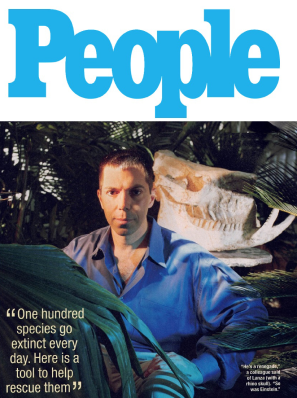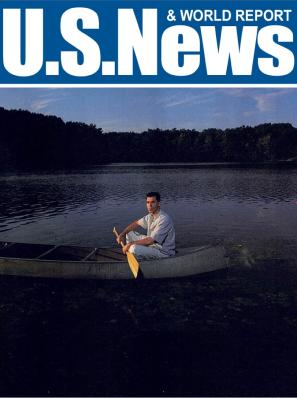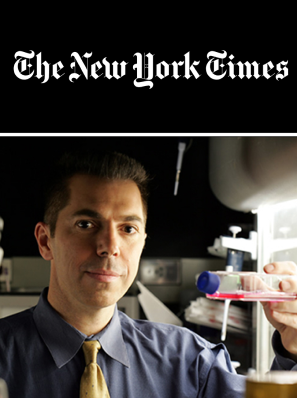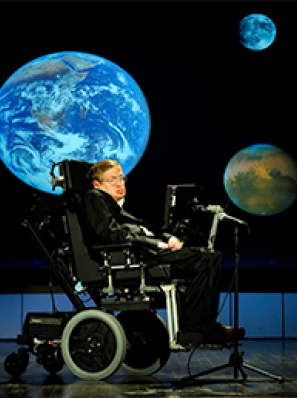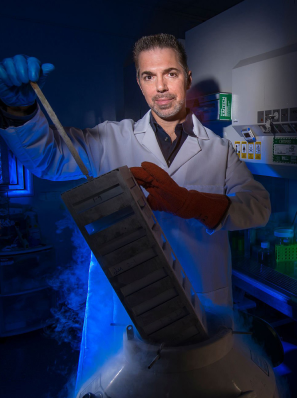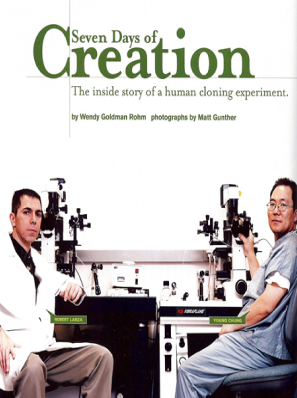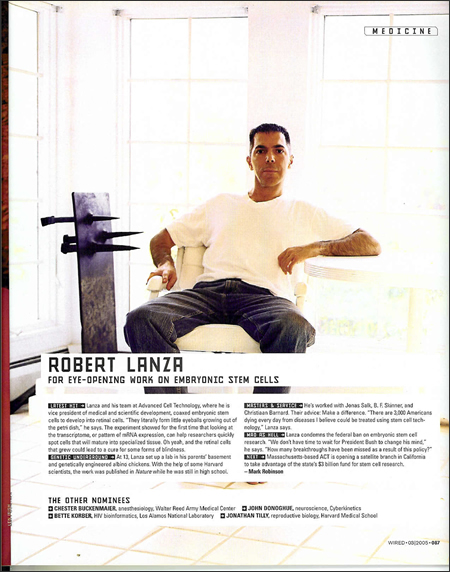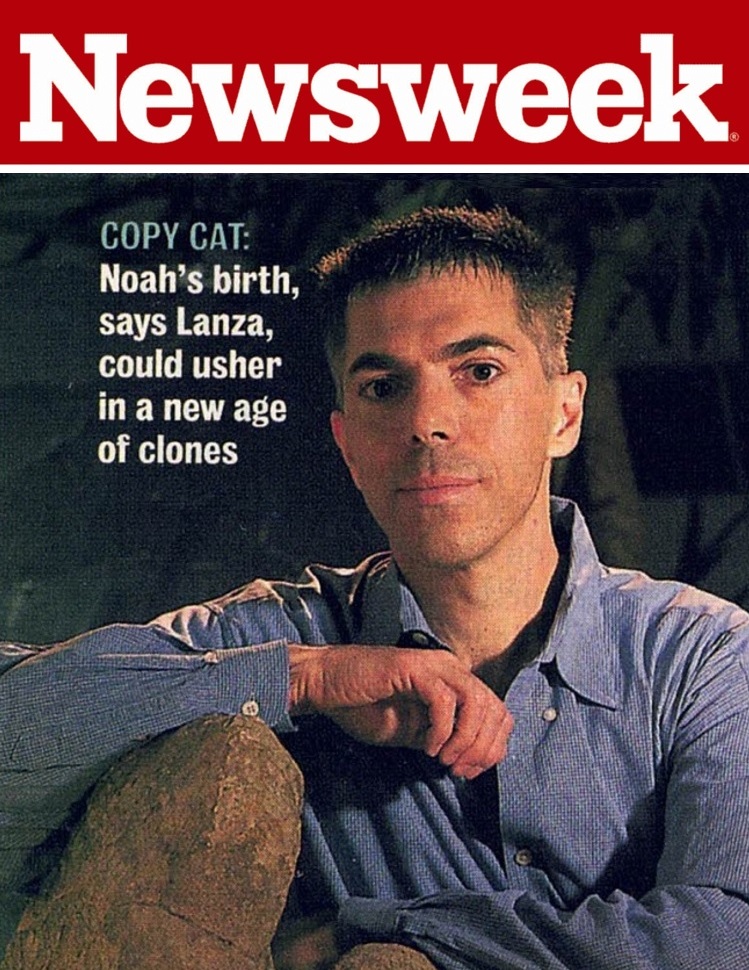We think our destiny is to journey to Mars and beyond. Yet as we build our spacecraft, we’re about to be broadsided – from a different direction – by the most explosive event in history.
Sometime in the future science will be able to create realities that we can’t even begin to imagine. As we evolve, we’ll be able to construct other information systems that correspond to other realities, universes based on logic completely different from ours and not based on space and time.
Immanuel Kant declared in 1781 that space and time were real, but only indeed as properties of the mind. These algorithms are not only the key to consciousness, but why space and time – indeed the properties of matter itself – are relative to the observer. But a new theory called biocentrism suggests that space and time may not be the only tools that can be used to construct reality. At present, our destiny is to live and die in the everyday world of up and down. But what if, for example, we changed the algorithms so that instead of time being linear, it was 3-dimensional like space? Consciousness would move through the multiverse. We’d be able to walk through time just like we walk through space. And after creeping along for 4 billion years, life would finally figure out how to escape from its corporeal cage. Our destiny would lie in realities that exist outside of the known physical universe.
Even science fiction is struggling with the implications. In “Avatar,” human consciousness is infused into blue aliens that inhabit a wondrous world. However, according to biocentrism, replicating human intelligence or consciousness will require the same kind of algorithms for employing time and space that we enjoy. Everything we experience is a whirl of information occurring in our heads. Time is simply the summation of spatial states – much like the frames in a film – occurring inside the mind. It’s just our way of making sense of things. There’s also a peculiar intangibility to space. We can’t pick it up and bring it to the laboratory. Like time, space isn’t an external object. It’s part of the mental software that molds information into multidimensional objects.
We take for granted how our mind puts everything together. When I woke up this morning, I was in the middle of a dream that seemed as real as everyday life. I remember looking out over a crowded port with people in the foreground. Further out, there were ships engaged in battle. And still further out to sea was a battleship with radar antenna going around. My mind had somehow created this spatio-temporal experience out of electrochemical information. I could even feel the pebbles under my feet, merging this 3D world with my “inner” sensations. Life as we know it is defined by this spatial-temporal logic, which traps us in the universe with which we’re familiar. Like my dream, the experimental results of quantum theory confirm that the properties of particles in the “real” world are also observer-determined.
Loren Eiseley once wrote: “While I was sitting one night with a poet friend watching a great opera performed in a tent under arc lights, the poet took my arm and pointed silently. Far up, blundering out of the night, a huge Cecropia moth swept past from light to light over the posturings of the actors. ‘He doesn’t know,’ my friend whispered excitedly. ‘He’s passing through an alien universe brightly lit but invisible to him. He’s in another play; he doesn’t see us. He doesn’t know. Maybe it’s happening right now to us.’”
Like the moth, we can’t see beyond the footlights. The universe is just life’s launching-pad. But it won’t be rockets that take us the next step. The long-sought Theory of Everything was merely missing a component that was too close for us to have noticed. Some of the thrill that came with the announcement that the human genome had been mapped or the idea that we’re close to understanding the Big Bang rests in our innate human desire for completeness and totality. But most of these comprehensive theories fail to take into account one crucial factor: We’re creating them. It’s the biological creature that fashions the stories, that makes the observations, and that gives names to things. And therein lies the great expanse of our oversight, that until now, science hasn’t confronted the one thing that’s at once most familiar and most mysterious – consciousness.
Reality is simply an information system that involves our consciousness. Until we understand ourselves, we will continue to blunder from light to light, unable to discern the great play that blazes under the opera tent.
“Biocentrism” and “Beyond Biocentrism” (BenBella Books) lay out Lanza’s theory of everything.
View article on Huffington Post Comments (1,010)




